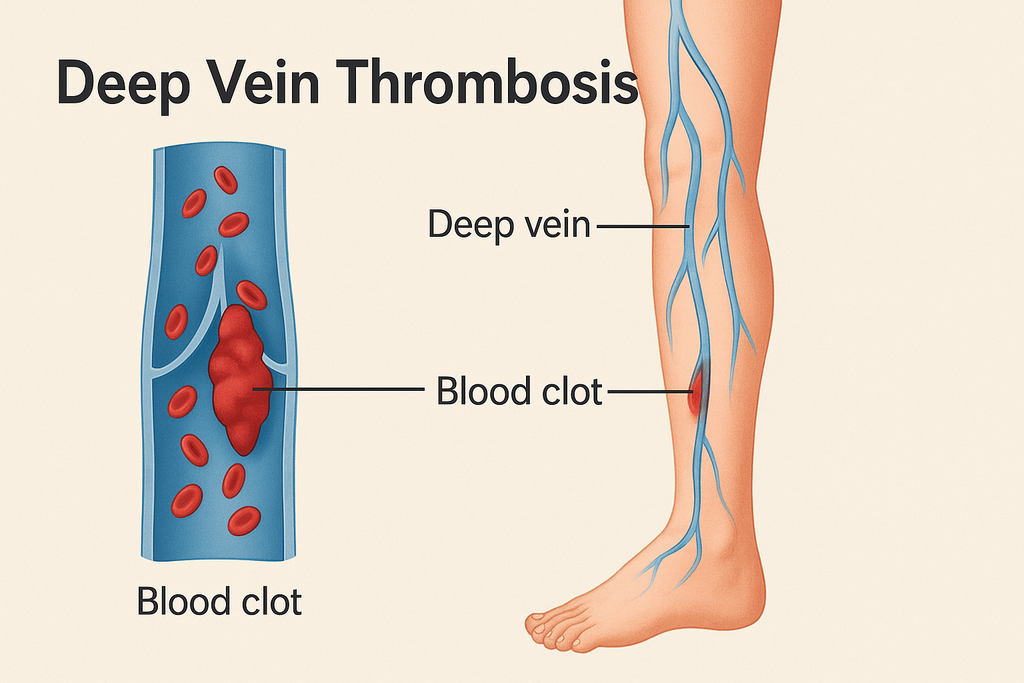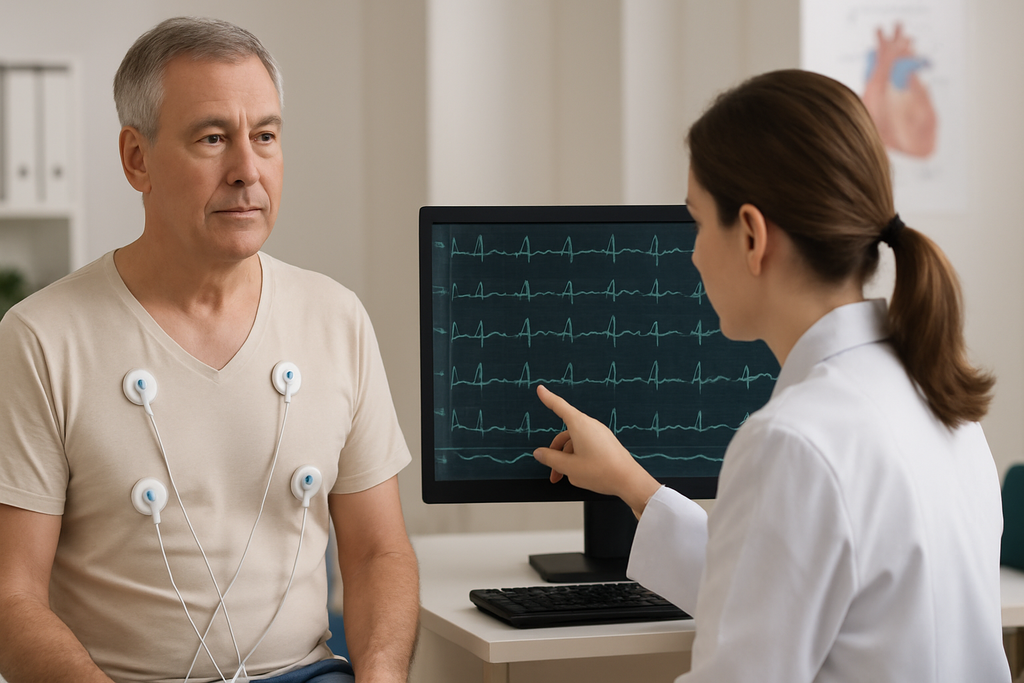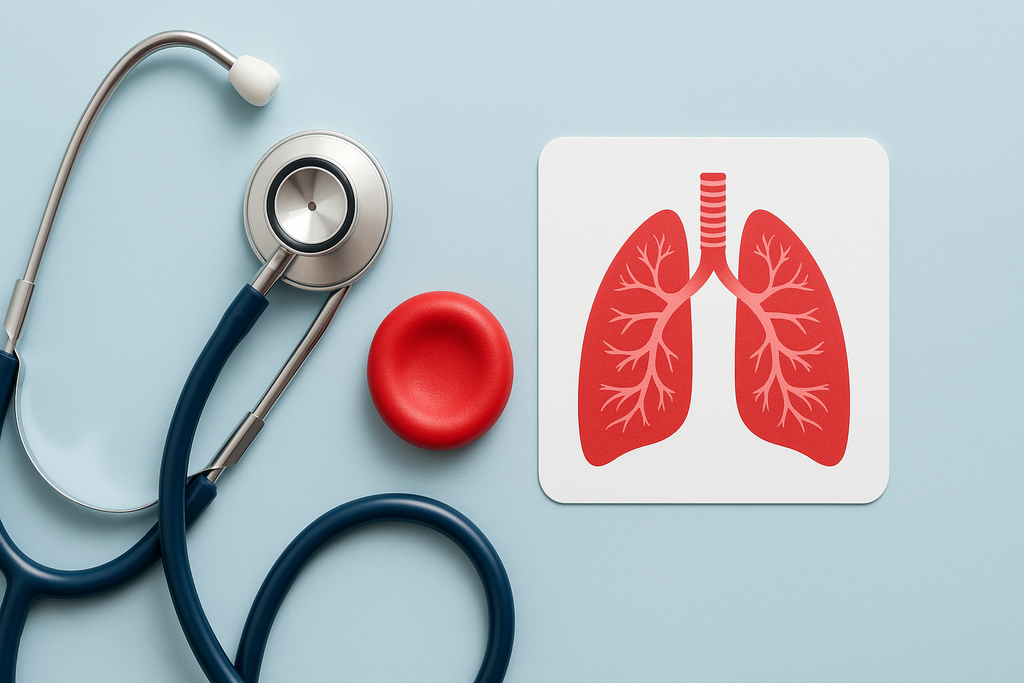News — blood thinners
The Hidden Clot: Your Essential Guide to Deep Vein Thrombosis
anticoagulants blood clot blood clot prevention blood thinners clot risk factors clotting disorders compression stockings deep vein thrombosis DVT DVT diagnosis DVT in young people DVT symptoms leg cramp leg swelling PE pulmonary embolism travel blood clot ultrasound DVT venous thromboembolism Virchow's triad
Imagine a silent threat traveling through your veins, forming deep within your body with little warning—yet capable of causing a life-threatening emergency. This is the reality of deep vein thrombosis (DVT), a condition that often remains unnoticed until it strikes. While it may seem like a concern limited to those who are older or immobile, the truth is that DVT can affect people of all ages and lifestyles, particularly in today’s sedentary world.
Deep vein thrombosis isn’t just a clot—it’s a serious vascular event that can lead to pulmonary embolism if left untreated. But with awareness, timely diagnosis, and preventive care, the risks can be significantly minimized. This essential guide explores what DVT is, who’s at risk, how to spot it early, and what steps you can take to stay clot-free.
How is Atrial Fibrillation Diagnosed and Treated?
AFib diagnosis AFib management AFib treatment atrial fibrillation atrial fibrillation symptoms beta blockers for AFib blood thinners cardiac ablation cardioversion catheter ablation ECG electrophysiology heart arrhythmia heart health heart monitoring irregular heartbeat living with AFib silent AFib stroke prevention warfarin alternatives
Your heart skips a beat, flutters in your chest, or races unexpectedly—and suddenly, you’re left wondering if it’s stress… or something more. Atrial fibrillation (AFib), the most common type of arrhythmia, affects millions of people worldwide. It’s not just a quirky heartbeat. Left untreated, AFib can increase the risk of stroke, heart failure, and other complications.
The good news? AFib is manageable. With timely diagnosis and the right treatment plan, many people regain control of their heart rhythm and live full, active lives. This guide takes you through the how and why of AFib diagnosis, treatment options, lifestyle adaptations, and what to expect on the journey to better heart health.
What You Need to Know About Pulmonary Embolism | Clot Awareness Guide
blood clots in lungs blood thinners cardiovascular support clot awareness clot risk reduction deep vein thrombosis DVT and PE heart health LongLife Nutri lung clot emergency natural blood clot prevention omega-3 for circulation omega-3 supplement PE diagnosis PE prevention PE recovery PE symptoms pulmonary embolism pulmonary embolism treatment signs of PE
Imagine a blood clot suddenly traveling through your veins, lodging in your lungs, and cutting off blood flow—this is the terrifying reality of a pulmonary embolism (PE). Often striking without warning, a pulmonary embolism is a medical emergency that can be fatal if not recognized and treated promptly. It’s a leading cause of sudden death in hospitalized patients and can affect anyone, regardless of age or health status.
Fortunately, with growing awareness and advances in medical technology, PE is increasingly preventable and treatable. Whether you're concerned about your risk or supporting a loved one who’s recovering, understanding the warning signs, causes, and treatment options is essential. This guide will help you recognize the danger, make informed choices, and possibly save a life.



